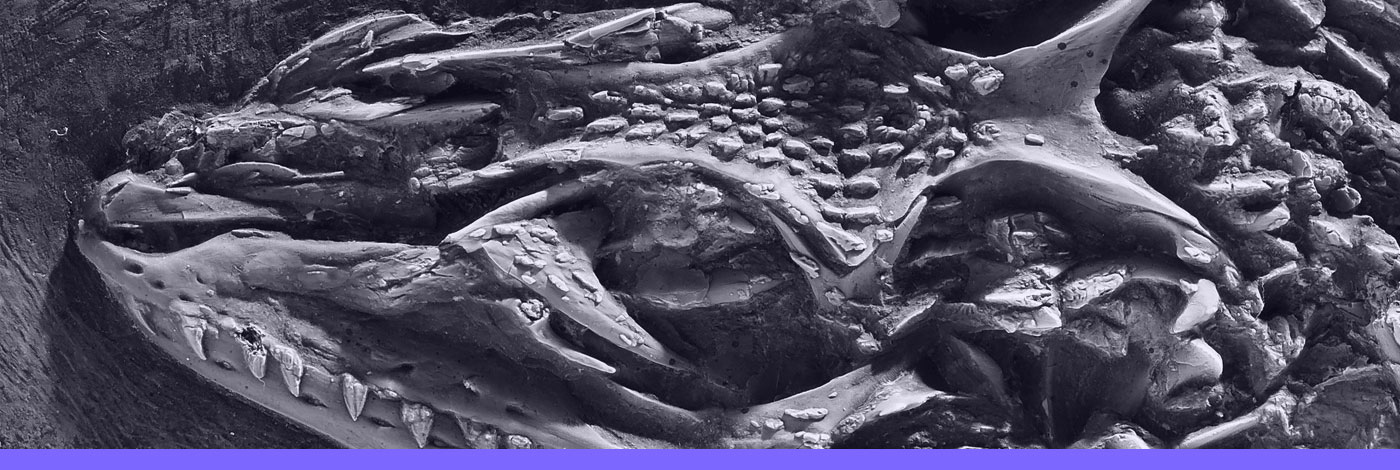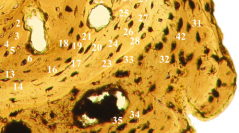

 Comptes Rendus Palevol
15 (1-2) - Pages 74-82
Comptes Rendus Palevol
15 (1-2) - Pages 74-82Urodeles have the largest genomes among extant tetrapods, varying greatly between meta-morphic and neotenic species, which have the smallest and the largest genomes of the group, respectively. The evolutionary tempo and mode of genome size expansion in urodeles are poorly documented, especially because genome size does not directly fossilize. Consequently, the ancestral state for genome size, and therefore, the polarity of its evolution in urodeles are uncertain. However, recent studies have demonstrated that osteocyte (lacuna) size is correlated with genome size. Below, we present histological data, on osteo-cyte lacuna size from one of the oldest known stem-urodeles, Marmorerpeton, from the Middle Jurassic (Bathonian, 166–168 Ma), as well as on five extant urodele species. Ouranalysis of these taxa, coupled with previously published data, suggests that stem-urodeles had already evolved large genomes, typical of extant urodeles by the Bathonian.
Karauridae, Lissamphibians, Paleogenomics, Osteocyte lacunae, Inferences